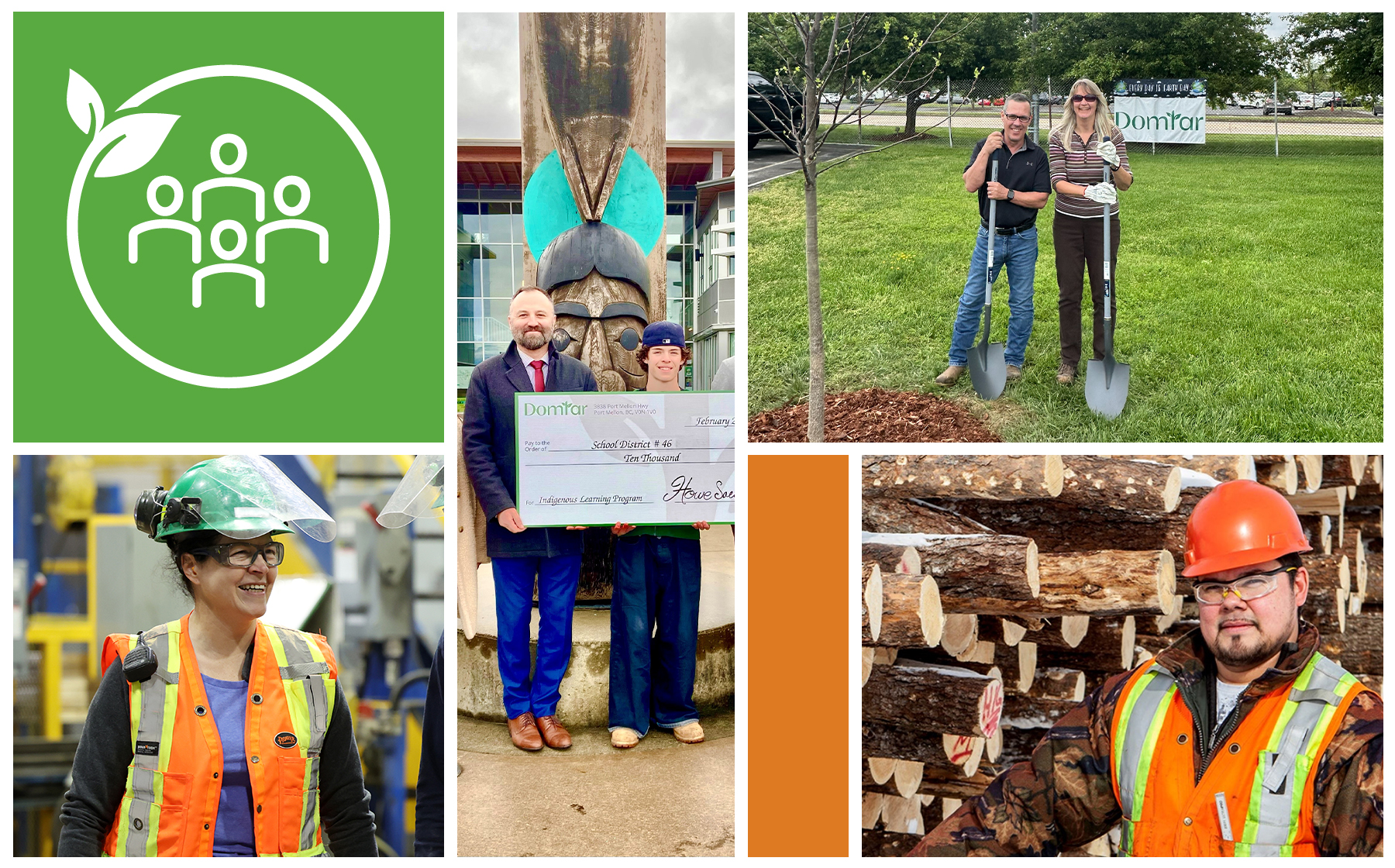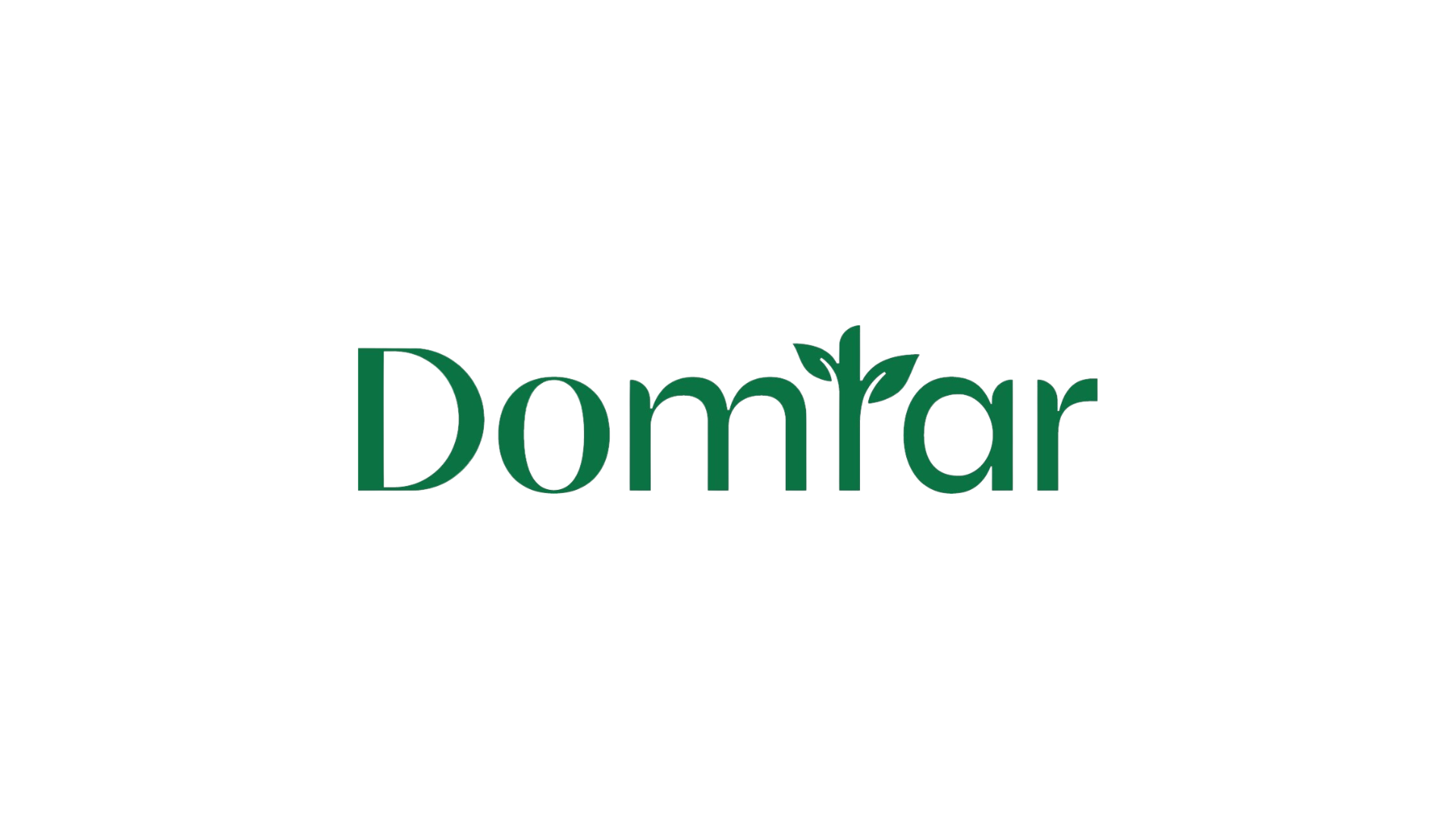This is the second of three stories introducing Domtar’s new 2030 Sustainability Strategy and its pillars: Environmental Stewardship, Our People and Communities, and Responsible Business. Read the first article about Environmental Stewardship.
Domtar is committed to turning policy into action, especially when it comes to our responsibility to the people and natural resources around us. Our 2030 Sustainability Strategy focuses our efforts in three areas: Environmental Stewardship, Our People and Communities and Responsible Business.
The strategy, which launched in May 2025, is the result of nearly two years of collaborative work led by our Sustainability team. Driven by 12 objectives related to our operations, products and value chain, the integrated strategy will be our focus as we continue our work as a leading manufacturer of diversified forest products under the ownership of investor Jackson Wijaya.
In the first article in this series, we looked at our commitment to Environmental Stewardship. In this article, we explore the social pillar of our strategy: Our People and Communities.
The People and Communities pillar recognizes not only Domtar’s vital interconnections with employees and the places where we operate, but also the value we can create through effective collaboration. There are many ways we will bring this pillar to life, such as engaging with community members, supporting the development of our employees and taking steps to better ensure workplace safety.
“This pillar represents the heart of who we are as an organization and the legacy we want to build together,” says Richard Tremblay, president of Domtar’s Pulp and Tissue business unit. “We can only succeed as a company if our communities, employees and other partners share in that success. This isn’t just good ethics; it’s good business. Our future depends on how well we nurture critical relationships today.”
How We Support Our People and Communities
Our goal is to contribute to the prosperity of and quality of life in our operating communities through trusted partnerships, thoughtful engagement and support for the well-being and development of our employees in a safe and inclusive workplace. The People and Communities pillar encompasses four key objectives.
Employee Safety
Every employee who comes to work for us has the right to a safe working environment and to return home to their family safe and sound. We aspire to reduce employee injuries to zero by enforcing a proactive safety program and culture. This means that we must identify and control each and every risk present in our workplaces while ensuring a culture of safety is present across our organizations and endures over time. To get there:
- By 2026, we will establish annual safety targets that drive positive actions and behaviors.
- By 2030, we aim to achieve zero injuries.
Indigenous Partnerships
We are also deepening our existing relationships with Indigenous communities by building mutually successful partnerships, helping to create opportunities for Indigenous youth and supporting land reacquisition in partnership with First Nations. But we recognize that we must continue to learn and improve, particularly when it comes to creating business opportunities and career pathways at Domtar.
By 2030, we will:
- Establish Domtar as a preferred partner for Indigenous communities through the implementation of our Indigenous partnership policy and internal engagement strategies.
- Ensure Domtar is considered a culturally safe and inclusive environment where Indigenous employees, partners and communities feel respected, valued and heard.
Community Engagement
Another way we connect with our people and communities is through community engagement. This includes employee volunteerism through programs like Domtar Connects, monetary and in-kind donations to community initiatives and donations of classroom supplies. Just as we have for many years, we will continue to enhance our community engagement programs by focusing on employee volunteerism and financial support for education, sustainability and humanitarian needs.
By 2030, we will:
- Achieve $20 million USD in community investment ($4 million each year over five years).
- Reach a volunteerism milestone, which will be established in 2026.
Employee Experience and Talent Development
To remain successful, we need a workforce that is engaged and empowered to contribute to our long-term success. This not only makes Domtar a better place to work but also enhances our ability to face future challenges.
We are committed to fostering an environment where everyone is inspired to build their career and fulfill the company’s purpose. By 2030, we will:
- Achieve milestones that will be determined by top themes in our 2026 employee engagement survey.
- Expand growth and development opportunities for at least 85 percent of high-potential and potential successors by ensuring their participation in personalized development plans.
- Develop a mitigation strategy for 85 percent of critical roles, prioritizing internal talent, when applicable, to ensure timely fulfillment of open positions.
Our People and Communities Make the Difference
Sustainability starts with people: those who work at Domtar and the communities where we live and operate. As we navigate turbulent times, our ongoing commitments to our environment, our people and our communities — as well as responsible business practices — will ensure we can respond to challenges in a way that makes us all stronger, together.
“All of us — individuals, communities, companies — need to adapt and succeed even in the face of fast change and often daunting challenges,” says John D. Williams, Non-Executive Chairman of Domtar’s Management Board. “At Domtar, we can create resiliency through our workplace culture, strong relationships with the communities whose success is intertwined with ours, and forward-looking and collaborative approaches to business, including investment in product innovation and Indigenous-led procurement.”
Learn more:
- Domtar’s Sustainability Strategy
- Our Sustainability Strategy: A Commitment to Environmental Stewardship







